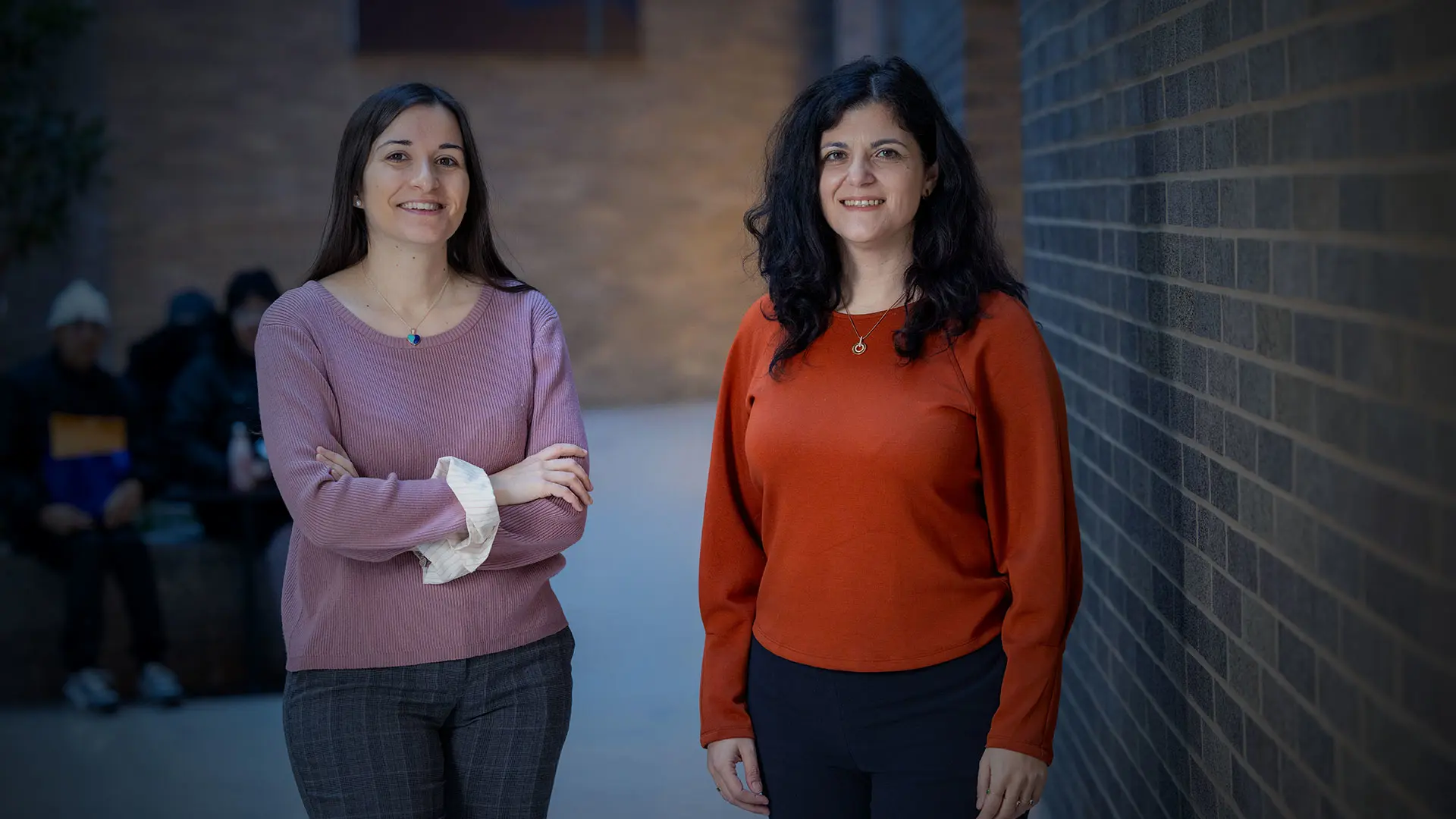Treating folic acid and other B vitamin deficiencies in pregnancy may help counter some of the adverse effects of prenatal environmental exposures on the livers of children, a new Mount Sinai study reports.
The study, by researchers from the Icahn School of Medicine at Mount Sinai, reveals that exposure to environmental chemicals and endocrine disruptors during pregnancy may pose significant risks to liver health for both mothers and their offspring. It was titled “Impact of metabolism-disrupting chemicals and folic acid supplementation on liver injury and steatosis in mother-child pairs” and published December 12, 2024, in the Journal of Hepatology.
The researchers examined how prenatal exposure to metabolism-disrupting chemical mixtures impacts liver health in mother-child pairs in a Mexican population. They assessed approximately 200 mother-child pairs for exposure to 43 chemicals, including air pollutants, metals, phthalates, and pesticides.
The study found evidence of increased risk for liver injury and steatosis in mothers and especially in their children, linked to these exposures during pregnancy. However, maternal intake of folic acid of more than 600 mg daily appeared to provide protection from these chemicals, potentially reducing liver health risks in mothers and newborns. Higher concentrations of cobalt (a key component of vitamin B12) during pregnancy further appeared to have a protective role.
“Our findings underscore the importance of maternal nutrition, particularly the role of folic acid supplementation and likely other B vitamins, in countering some of the harmful effects of environmental chemical exposures on the liver health of mothers and children,” says the lead senior author, Dania Valvi, MD, PhD, MPH, Associate Professor of Environmental Medicine and Climate Science, and Co-Director of the MS in Epidemiology program at the Icahn School of Medicine at Mount Sinai. “This study adds to the growing evidence that environmental chemical exposures in combination with dietary and other environmental and genetic risk factors have contributed to the epidemic of steatotic liver disease we see globally.”
“It is critical to elucidate the impacts of environmental chemicals on liver disease and translate this knowledge into precision medicine approaches.”
- Dania Valvi, MD, PhD, MPH
“Our study paves the way for dietary lifestyle interventions evaluating this hypothesis in a non-observational setting,” says first author Sandra India-Aldana, PhD, MPH, MPhil, a postdoctoral fellow in Environmental Medicine and Climate Science at the Icahn School of Medicine. “Although the potential mitigating effects of B vitamins on the association between metabolism-disrupting chemicals and liver health show a promising avenue of research for improving liver outcomes, we must not forget that reduction of potential deleterious environmental etiological factors or restriction of widespread use of contaminants remain key to ultimately reducing the risk of liver injury onset.”
According to the Office on Women's Health at the U.S. Department of Health and Human Services, all women need 400 micrograms of folic acid every day. Women who can get pregnant should get 400 to 800 micrograms of folic acid from a supplement or from foods that have added folic acid, such as breakfast cereals. This is in addition to the folic acid you get naturally from healthful foods, such as leafy greens, legumes, avocados, and broccoli.
Harmful environmental exposures during pregnancy and early infancy can pose significant risks to a baby's health, including potential for low birth weight, preterm birth, developmental delays, respiratory issues, and increased susceptibility to metabolic and other chronic diseases later in life, according to the World Health Organization. Reducing environmental risks could prevent one in four child deaths. Adverse environmental conditions and pollution are major contributors to childhood deaths, illnesses, and disability, particularly in developing countries.
“Our current studies focus on replicating these results in independent, ethnically diverse mother-child cohorts integrating liver magnetic resonance imaging with novel exposomics and data science approaches,” Dr. Valvi says. “The liver plays a pivotal role in xenobiotic metabolism and elimination and is a key target of environmental chemical exposures. This study adds to the increasing evidence from in vivo and in vitro models that show liver toxicity induced by multiple environmental chemical exposures acting as endocrine and metabolic disruptors. It is critical to elucidate the impacts of environmental chemicals on liver disease and translate this knowledge into precision medicine approaches.”
Featured

Damaskini (Dania) Valvi, MD, PhD, MPH
Associate Professor of Environmental Medicine and Climate Science

Sandra India-Aldana, PhD, MPH, MPhil
Postdoctoral fellow Environmental Medicine and Climate Science
